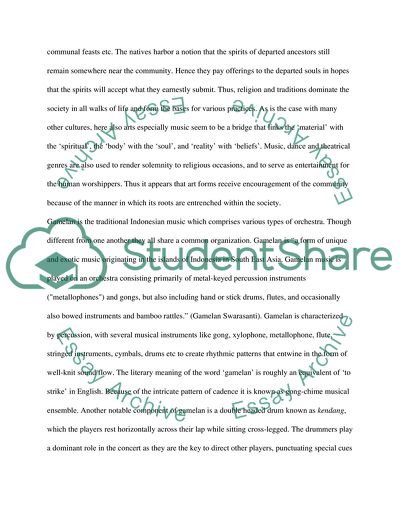Cite this document
(“Indonesian Music - Gamelan Essay Example | Topics and Well Written Essays - 1250 words”, n.d.)
Indonesian Music - Gamelan Essay Example | Topics and Well Written Essays - 1250 words. Retrieved from https://studentshare.org/music/1538336-indonesian-music-gamelan
Indonesian Music - Gamelan Essay Example | Topics and Well Written Essays - 1250 words. Retrieved from https://studentshare.org/music/1538336-indonesian-music-gamelan
(Indonesian Music - Gamelan Essay Example | Topics and Well Written Essays - 1250 Words)
Indonesian Music - Gamelan Essay Example | Topics and Well Written Essays - 1250 Words. https://studentshare.org/music/1538336-indonesian-music-gamelan.
Indonesian Music - Gamelan Essay Example | Topics and Well Written Essays - 1250 Words. https://studentshare.org/music/1538336-indonesian-music-gamelan.
“Indonesian Music - Gamelan Essay Example | Topics and Well Written Essays - 1250 Words”, n.d. https://studentshare.org/music/1538336-indonesian-music-gamelan.


